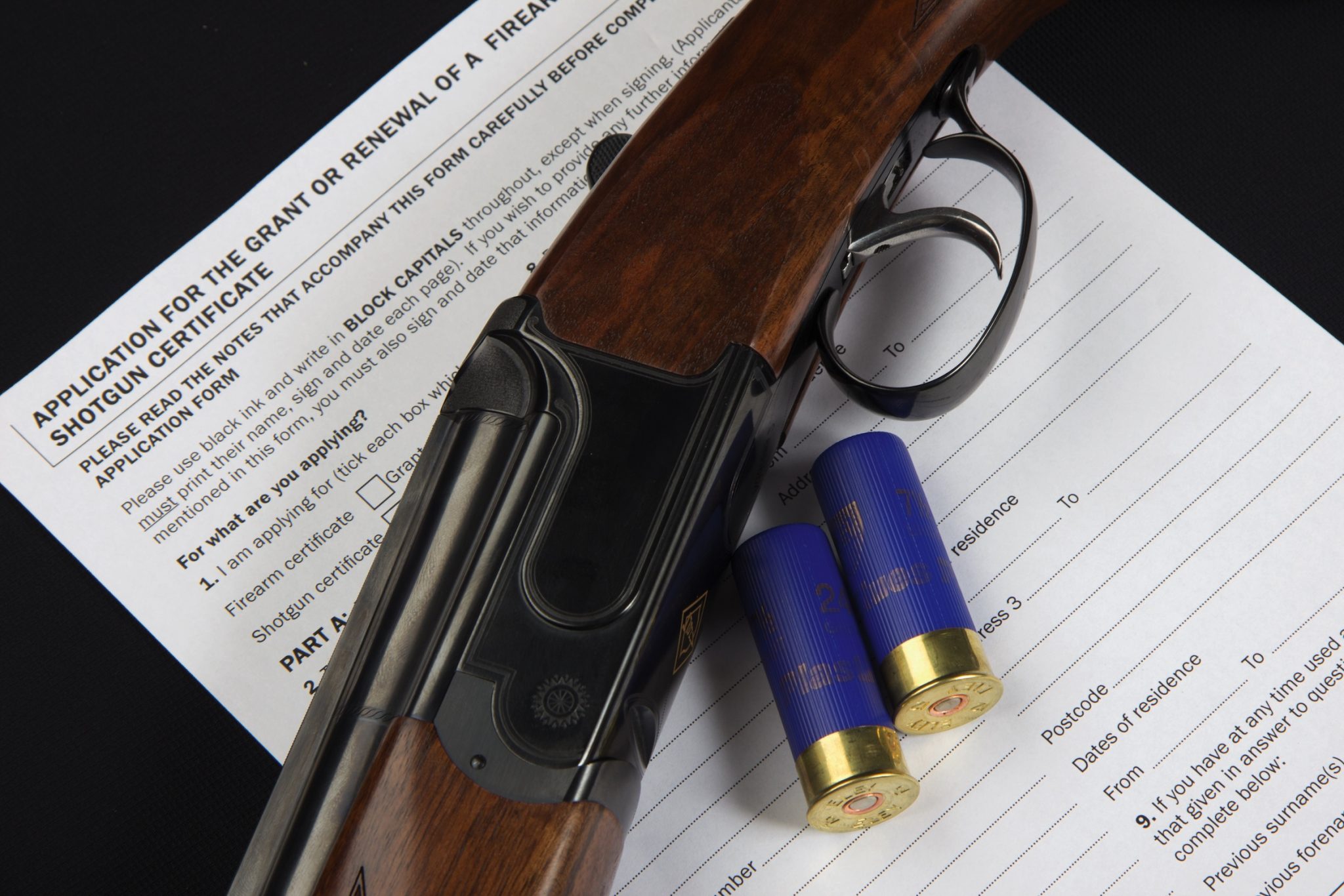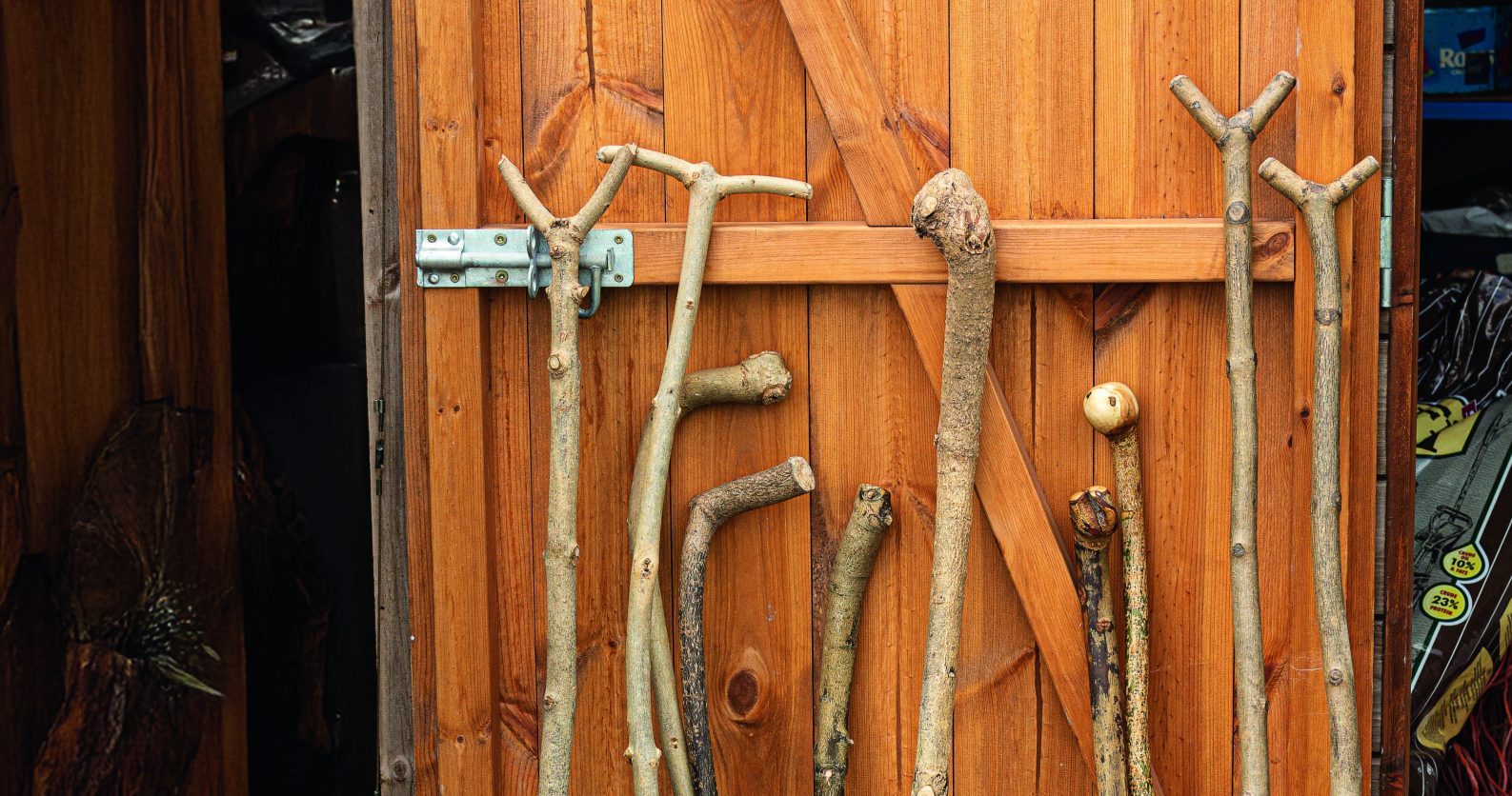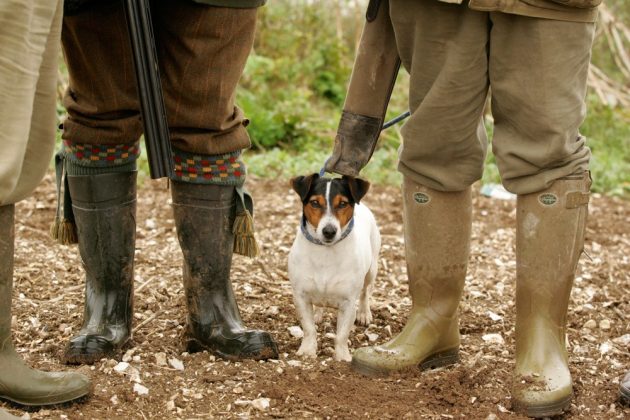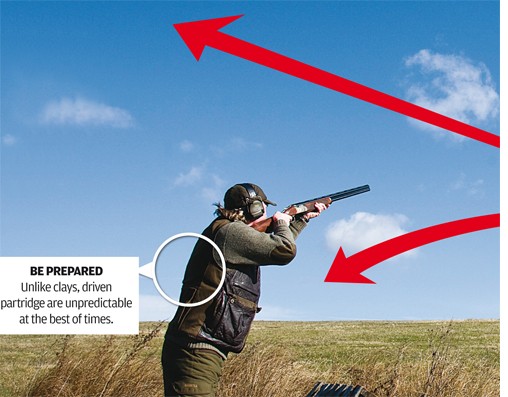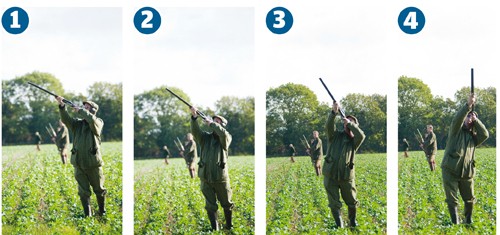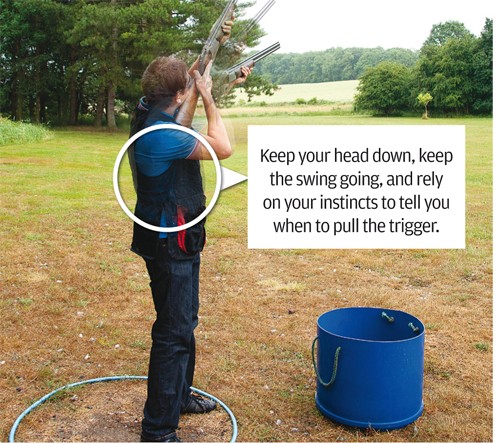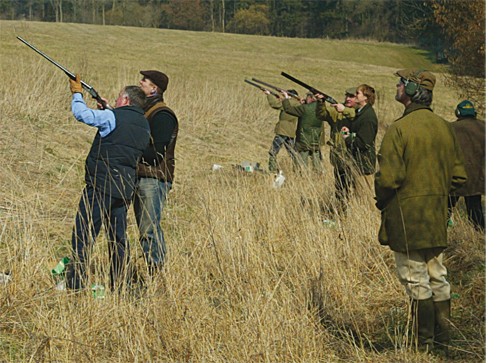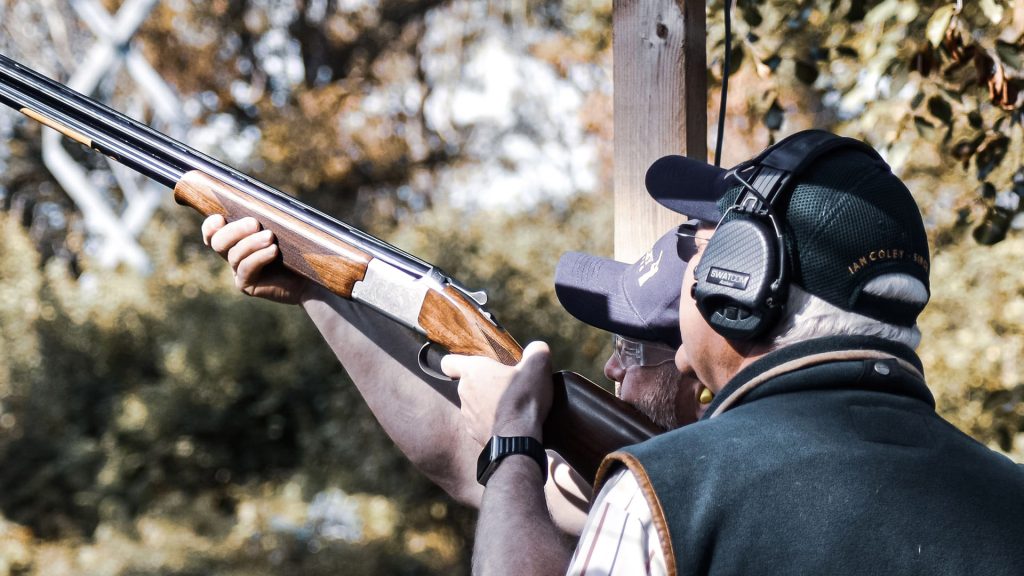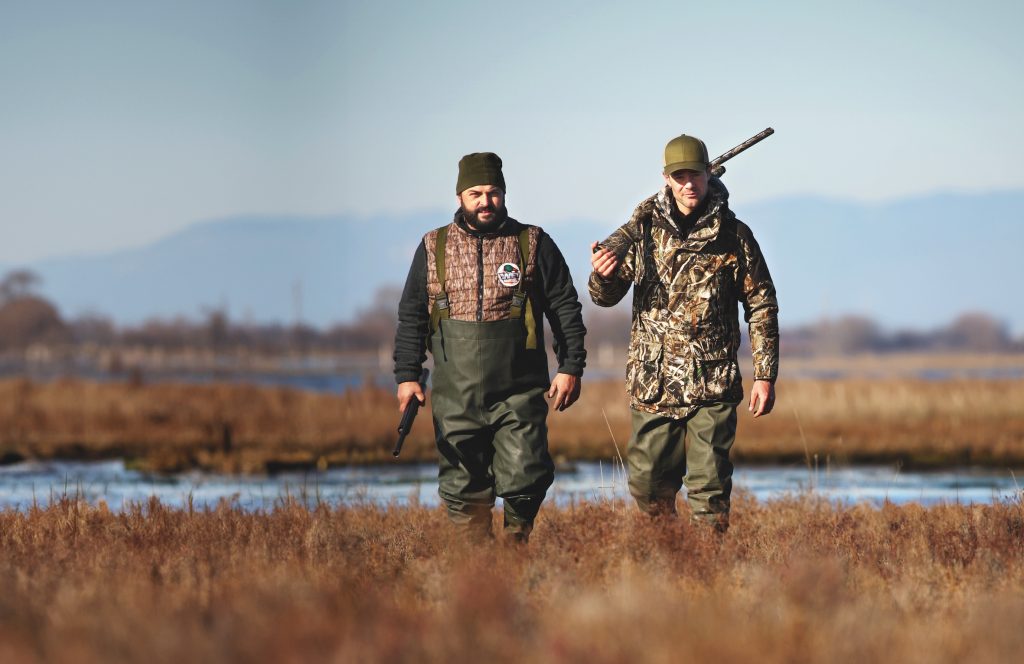Win CENS ProFlex DX5 earplugs worth £1,149 – enter here
Partridge shooting lessons for the season ahead
Shooting coach, Mark Russell, shows how to hit both partridge and their clay counterparts.
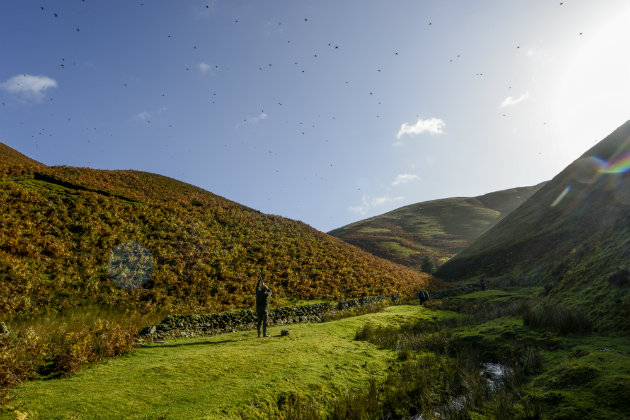
Partridge shooting practice on a sporting layout
I get loads of game shooters coming here to Grimsthorpe for a pre-season warm up on clays. So I thought it would be a good idea to concentrate on partridge-type targets – seeing how we can practice for the real thing on a sporting layout, and highlight the main differences between tackling live birds and clays.
Partridges are testing targets
Think of partridges and you’ll probably think of low, driven birds whizzing over the hedgerows. Followed closely by a few curling crossers and quartering birds when they hear the shooting and see the line of guns.
Let’s look at this type of target first then.
You know where clays are coming from. Birds? Well, they’re unpredictable. You’ll only have a rough idea of where they come from based on the sound of approaching beaters and the layout of the pegs.
So to succeed, you need to pick your bird visually early and quickly decide on the kill point.
On the peg in ready position
- Your ready stance should be neutral and almost square to the expected flight line. Be ready to move your feet, especially if the incomer suddenly veers away to become a quartering or crossing target.
- At the start of the drive you want to keep the loaded gun just out of the shoulder in a comfortable, relaxed, ready position, ready for a smooth, parallel gun mount.
- Keep the muzzles pointing upwards.
- Use your peripheral vision to pick up any birds coming from right or left down the line.
- Start to mount the gun as the bird approaches your chosen kill point, but don’t be tempted to bring the gun up too early.
- Make sure your face is tight to the stock and KEEP it there!
- One of the most common mistakes made when shooting driven targets is to raise the head off the stock.
- Pick your bird carefully. Don’t forget that if your first shot doesn’t kill the bird cleanly, you’ll need the second barrel to finish it off.
Curling crossers
Sometimes wily birds will take evasive action and try to fly along the line instead of over it.
Deal with this by turning slightly towards the direction the bird is travelling, say 30° or so, so that the incomer effectively becomes a crossing bird.
When more than one bird flies along the line
You’ve probably only got a split second to decide which bird to take, so it’s worth remembering that everyone has a natural preference when they swing the gun.
Most right-handers, for instance, find it easier to swing the gun from right to left, so keep this in mind when choosing your target.
Treat the bird as you would any other crosser. Smooth mount, track the bird, placing it just above the bead on the muzzles, swing ahead and pull the trigger when it feels right to do so.
Partridge-type clays
Course designers will present a partridge-type target pretty much the same as any other driven bird, the possible exceptions being they might be lower and possibly faster.
As with all driven birds the mantra is ‘keep your head down, keep the swing going, and rely on your instincts to tell you when to pull the trigger.’
Prepare correctly
- Adopt a neutral stance; weight slightly on the front foot, pointing towards the flightline of the bird.
- Be ready to transfer your weight onto the back foot if you’re going to take the bird later when it’s closer and nearly above you.
- There’s no need to rush so shoot ‘gun down.’ If you shoot gun up you’ll often find you aim at the target and you’ll miss behind.
- A smooth, unhurried gun mount is necessary. Get on the bird then pull away in front.
- When the muzzles obscure the clay pull the trigger.
Quartering clays
A typical mistake is to shoot high and miss over the top. So keep the line of the muzzles just below the line of the bird.
Be aware that the flightline might deviate as the clay loses momentum. Allow for this before shooting if you take the bird late.
A simulated game day
This is the ultimate partridge practice session. You’ll shoot at more targets than on an entire, expensive 300-bird day.
Or try a team flush
Gun clubs put these on from time to time, presenting 50 or 100 birds, depending upon the number of Guns taking part at any one time.
The birds come thick and fast. This will really sharpen up your game shooting skills.
Related Articles
Get the latest news delivered direct to your door
Subscribe to Shooting Times & Country
Discover the ultimate companion for field sports enthusiasts with Shooting Times & Country Magazine, the UK’s leading weekly publication that has been at the forefront of shooting culture since 1882. Subscribers gain access to expert tips, comprehensive gear reviews, seasonal advice and a vibrant community of like-minded shooters.
Save on shop price when you subscribe with weekly issues featuring in-depth articles on gundog training, exclusive member offers and access to the digital back issue library. A Shooting Times & Country subscription is more than a magazine, don’t just read about the countryside; immerse yourself in its most authoritative and engaging publication.



